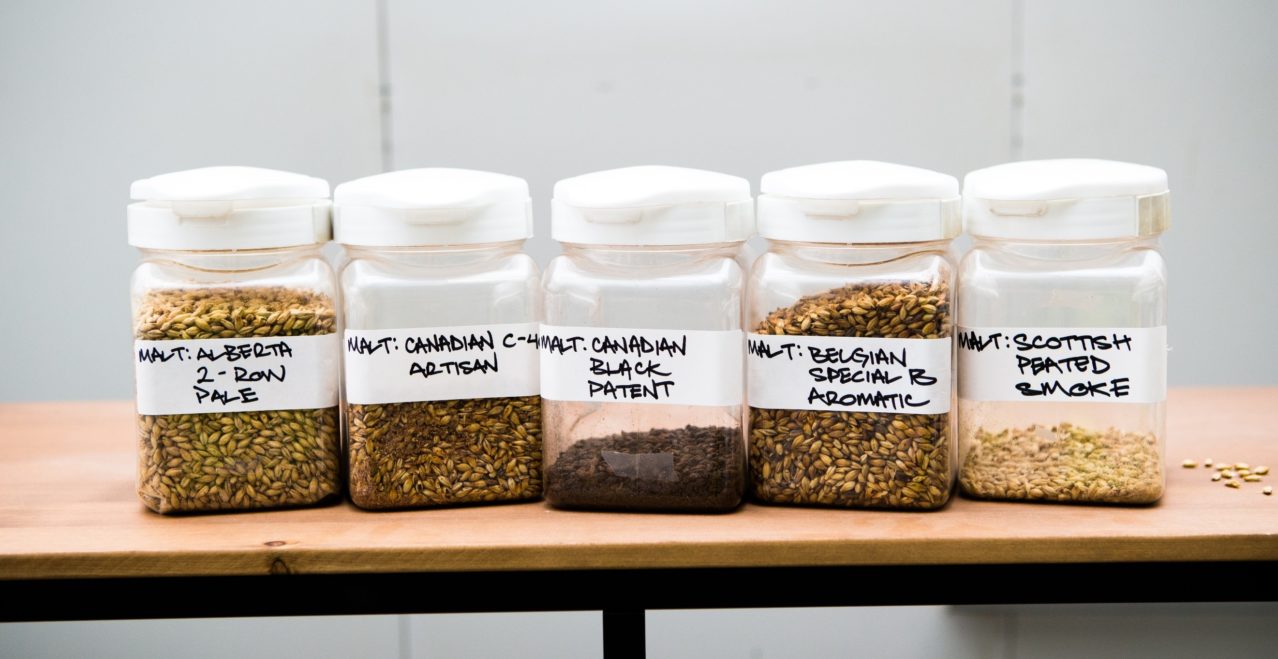Traditional Ale
English Style Brown Ale
Toasty malt and sweet caramel up front and smooth finish.


What's Brewing
July 19, 2018
What's in a Beer? Malt 101.

Think about your favourite beer. What is it that you love about it? Is it the dark or vibrant colour of a freshly poured pint? The bold or subtle aroma when you first raise your glass? Or is it the refreshingly sweet, roasty, or bitter flavour after your first sip?
At Big Rock, we pride ourselves on using only the highest quality ingredients, and it’s these ingredients that make your favourite craft beer the unique brew you know and love.
In every beer we make, there’s four key ingredients – water, yeast, hops and malt. Before the brewing process can even start, grains of barley, wheat, or rye are steeped, germinated and dried to make brew-ready malt. So what does malt do? Malt creates enzymes that turn starches and proteins into fermentable sugars that yeast then convert into alcohol. Malts are a high-quality sugar source, which is why you’ll never see adjuncts like corn or rice in any of our craft brews. Without these cereal grains, the yeast would have nothing to feast on, leaving the beer lifeless and flat – and no one wants a flat beer…
When brewing beer, there are two different categories of malts to understand: base malts and specialty malts. Base malts are exactly that – the base. They’re responsible for supplying most of the fermentable sugars and proteins needed in the brewing process. These malts are usually lighter in colour and have a milder flavour in comparison to speciality malts. Some of the most popular base malts used amongst brewers are Pale malts, Munich malts, and Pilsner malts.
Specialty malts, on the other hand, are used to add colour, aroma and flavour, and are a part of what makes your favourite beer unique. There are two types of specialty malts – crystal (or caramel) and roasted/dark. Crystal malts, as hinted with their other name – caramel, add sweetness to beer. We use this style in our Traditional Ale, Honey Brown, and Warthog. Dark malts add roasted and biscuit-like flavours to beers, like what’s found in our Citradelic and Wunderbier.
Creatively using malts in the brewing process is just one part of the amazing and inventive world of craft beer. Next time you pick up a Big Rock, head to our Beer pages to find out what type of malt goes into your favourite beers.